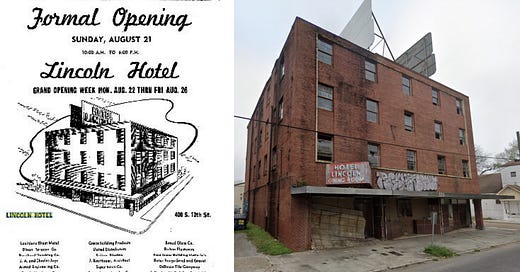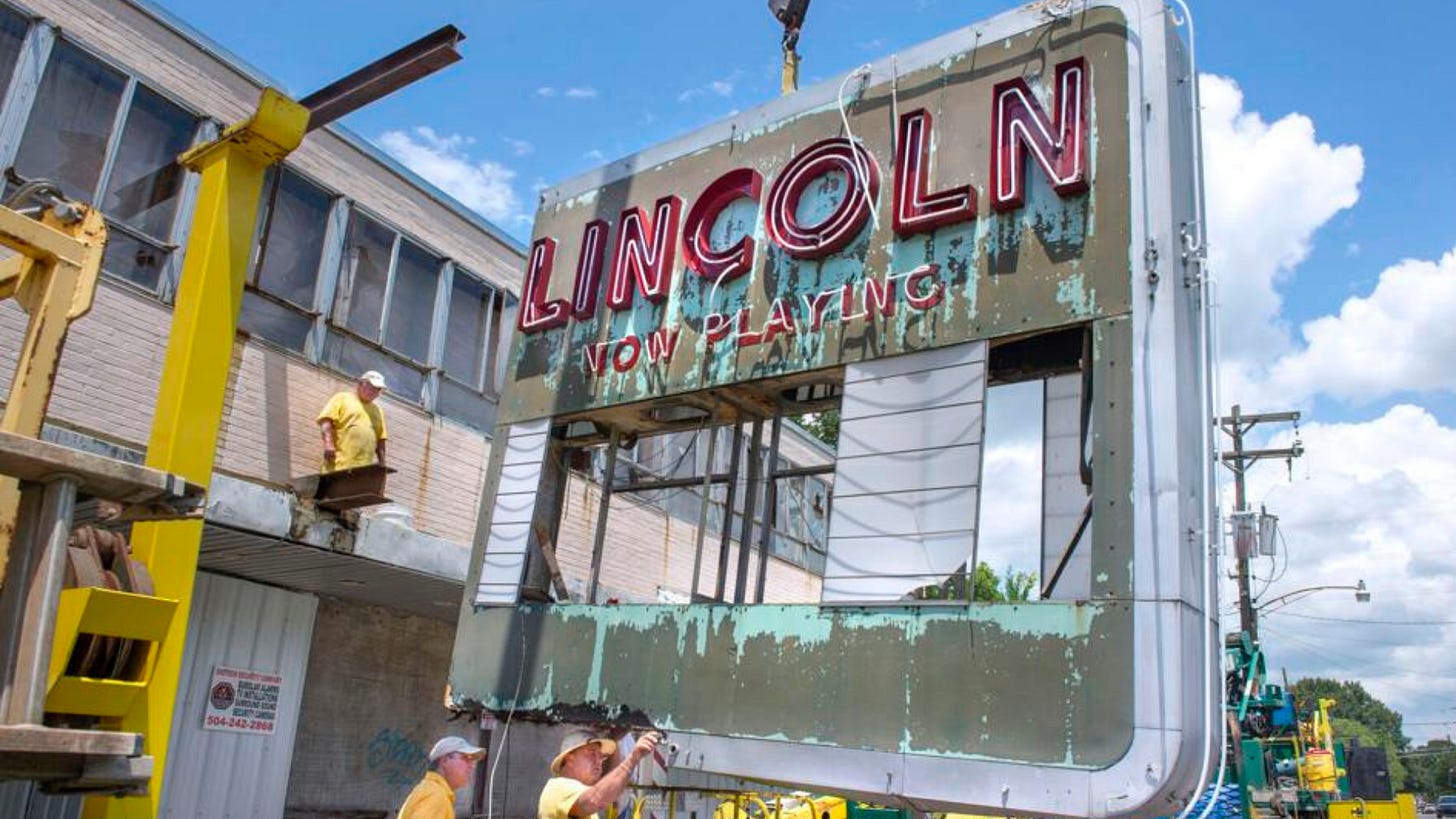Dr. Chatman: The man behind the Lincoln hotel, theater
During the years of segregation, there were no lack of entrepreneurs in Old South Baton Rouge and the portion now known as Downtown East. Although Black-owned businesses thrived, many did not stand the test of time. So many buildings have been torn down, but two remaining structures have really begun to define the area due to their legacy and the hope for what the area can become once they are brought back to life.
On August 21, 1955, the Lincoln Hotel opened its doors to the public and soon became a popular lunch spot on Sunday for the after church crowd. Some famous faces could also be seen in the dining room when musicians came to town to perform. For the next decade, the building was a true hub for the community. The hope is that soon it will be restored to its former glory and serve as a beacon for businesses to return to the South Baton Rouge community.
The original vision came from the mind of Dr. Aristotle Lorenzo Quincy Chatman. Although a practicing medical physician, he had a mind for business, operating several rental and commercial properties. His first big commercial project is located within walking distance of the hotel.
Permits for the Lincoln Theater were filed in 1949 and the official opening was held in 1951. In its prime, the theater had one screen for films, a stage for live concerts and could seat 600 people. A big neon sign glowed out front. Records show Dr. Chatman paid over $6,000 for that sign. That would cost about $61,000 to produce in today’s economy.
The venue served more than just entertainment; small businesses operated in the building. They included a barbershop, drugstore and laundromat. There was also an area upstairs that served as meeting locations for leaders of various demonstrations and protests that happened during the era of civil rights.
This period of time was truly the height of the Civil Rights Movement. Many do not know that Baton Rouge was on the forefront of that movement due to a bus boycott that happened two years before the famous one in Montgomery.
Much of the planning for that boycott was done from the upper level of the Lincoln Theater. Those meetings served as the backbone for the Montgomery boycott.
Dr. Chatman and his family were fully involved with all that was happening in the neighborhood. In fact, the family home was just a couple buildings down from the hotel at 315 S. 13th Street. Dr. Chatman had his medical office in a detached single-story building located next to the two-story family home.
Mrs. Chatman, aka Carrie Eulacie Shamburger Chatman, was a strong woman who worked as an English professor at Southern University. In fact, there are more references to her in the newspaper than her husband.
In an article published in 1981, she talked about the work she did at the Earl K. Long Hospital, which was a charity hospital no longer in operation.
“We make ourselves as useful as possible,” she said. “There are few places as revealing about human nature than a hospital, especially a charity hospital.
“You see everything, every level of society, every kind of person in situations never dreamed of,” she continued. “It’s a rich experience. I have stuck with it, but it gives me something and I hope I’m giving it something.”
That was written 20 years after her husband’s death. Dr. Chatman passed away in 1961 at the age of 60. After he died, Carrie sold the theater. The hotel only remained in operation as an actual hotel for another few years.
Three years after Chatman’s death, President Johnson passed the Civil Rights Act of 1964. That prohibited discrimination on the basis of race, creed, color, religion, sex or national origin in the United States.
After the passage of the Civil Rights Act, there were many terrorist acts throughout the country. Many were connected to the KKK. Baton Rouge was no different. In 1965, there were a series of bombings and the Lincoln was among the victims. The marquee was damaged, but thankfully no one was injured.
After that, the Lincoln became a residential property. I found many classified listings and they all said the same thing, “QUIET, private rooms, retired persons and welfare recipients preferred. Reasonable rates.”
As for the Lincoln Theater, it closed in the 1980s, reopened in the 2000s, and closed again in 2007. Since that time restoration efforts have been ongoing. Over the last several months, there’s been a flurry of activity.
During lockdown, a company completed the mold remediation. In July 2021, the iconic sign was removed so it can be restored. Soon the real work will begin and it’s projected to be completed by 2022.
Once finished, the property will serve as an African American History Museum and community center.
The revival of the Lincoln Hotel is being completed by developer Anthony Kimble. Though announced a couple years ago, the project got delayed during permitting and of course the pandemic caused a few issues, too.
In August 2021, Kimble Properties announced that asbestos and lead remediation has begun at the Lincoln Hotel, which is the first phase of the clean-up.
The interior of the Hotel Lincoln.
Once renovation is completed, the property will be a mixed-use development. On the ground floor there will be shops and businesses.
CLICK HERE to READ MORE articles about Black entrepreneurs in the Downtown East/Old South area.






